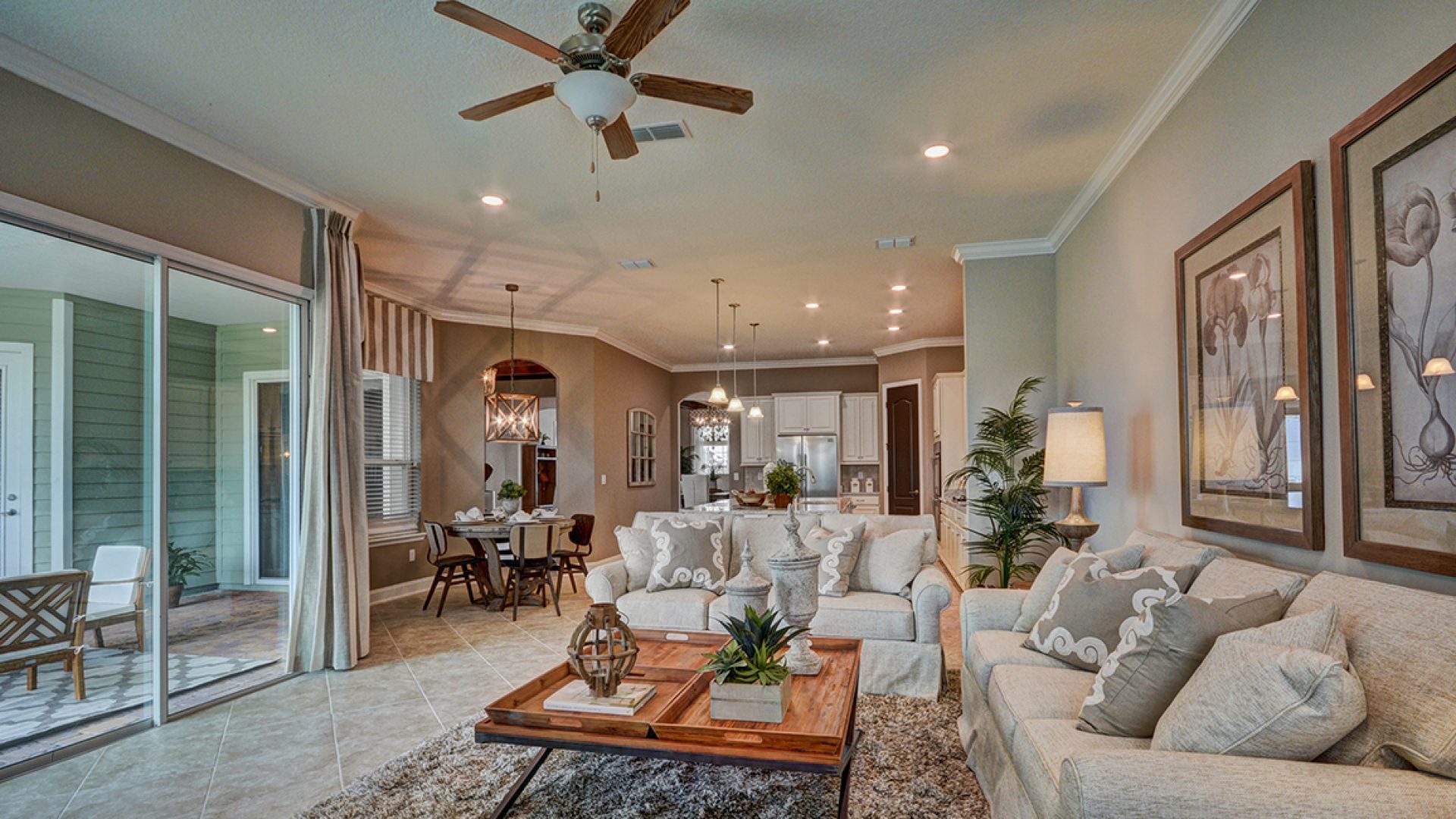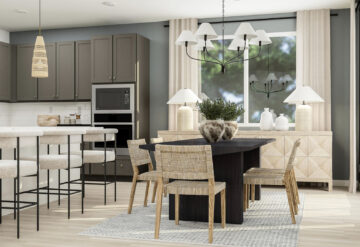Modernize is an online service that is focused on inspiring people to live more efficiently, providing their customers with expert guidance and educational tools. Erin Vaughn of Modernize, has shared ways you can save on your home’s energy bills with passive heating and cooling techniques. No matter the region you live in, these tips can help anyone living in a warm or cool climate!

Ever shut your blinds on a hot day? Sprayed foam insulation to protect against drafts? Then you’ve already used some basic passive heating and cooling techniques. These methods are called “passive” because they don’t involve mechanical devices, like a fan or a furnace, to lower or raise the interior temperature of a home. And when used correctly, they can actually be quite effective. In fact, a group in Germany recently designed a “passive house” that maintains comfortable home temperatures without relying on an HVAC system at all.
But you don’t have to completely ditch your AC to benefit from passive techniques. In fact, when used in combination with mechanical heating and cooling, passive methods can help your existing HVAC work much more efficiently. And that boost in efficiency translates to savings on your utility bills. Let’s take a look at some of the simplest ways you can employ these ideas at home.
Keeping Cool
Obviously, you’ll need to use different methods to cool your home than you would to keep it warm. And that means thinking about your area’s climate—and often, considering which aspect is more important to your region. If you live in the Southwest, more permanent changes, like painting your home’s exterior in a light, heat-reflecting color, can help you cool your home year-round. In a climate that experiences a variety of temperatures, however, this kind of technique might not serve you well in the winter. However, here are a few ideas suitable for both hot- and mixed-weather climates:
- Window Film: According to the National Renewable Energy Laboratory, about 40 percent of unwanted solar heat enters your home through the windows. South-facing windows, in particular, are vulnerable to late-afternoon solar heat gain that can raise interior temperatures. Heat-control window film is a reflective or tinted coating that significantly reduces the amount of solar radiation allowed through your window glass, making it a low-cost, removable solution to block excess summer heat. You can either take down the film in the winter, or seek out what’s known as “combination film”—this product will still allow some solar heat into your home.
- Windows with Low-Emissivity Coatings: Energy efficient windows, like those with low emissivity (Low-E ) coatings, can drastically reduce cooling costs in the home by reflecting AC back into your home. The benefit with these is that, similar to a thermos, they reflect both cooling and heating back into the interior without allowing excess solar gain. That makes them a great choice no matter what the weather outside is like.
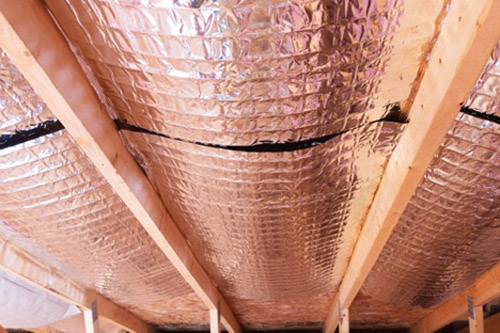
- Radiant Barriers: If you’re thinking of installing a new roof soon, or have an open attic, a radiant barrier on the attic ceiling can help prevent heat gain throughout your home. The barrier material is made of reflective aluminum, which reduces the heat radiation transfer that occurs as the sun strikes your roof. Radiant barrier materials are rather cheap to install, and may lower excess heat by up to 25 percent.
- Selective Landscaping: Trees, bushes, vines grown on trellises, and other landscaping features placed near your home can potentially reduce interior temperatures by up to 20 degrees Fahrenheit. Even if you don’t like the idea of planting a tree right next to your home, you can still take advantage of the benefits by planting them away from the house in your yard—large vegetation creates a microclimate that can reduce surrounding temperatures by up to 9 degrees Fahrenheit.
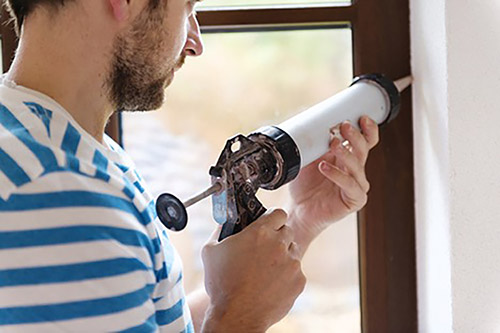
Heating Up
On the flip side, homes in colder or mixed climates may benefit from these passive heating techniques, which can help your home’s heating:
- Air Sealing: Drafts and leaks around windows, doors, HVAC ducts, and other openings can reduce a heater’s effectiveness considerably. Door sweeps, insulating foam tape, and silicone caulk applied to doors and windows keep heat indoors, where it should be. Some other places you might not think to check? Leaks that are occurring behind recessed lights, around the attic access, or in outlet plates.
- Insulation: Insulation doesn’t stop at your home’s walls. Choosing insulated products for your home’s roofing and windows can also help maintain comfortable temperatures through winter lows. If you live in a particularly cold area, in fact, you may want to consider investing in triple pane windows—they have an additional pane of glass, and usually, a second wall of insulating argon, which prevents drafts.
- Trombe Walls: A trombe wall is a big renovation. But it’s a good place to start if you’re interested in adding some more advanced passive solar design elements to your home. A trombe wall traps solar heat and redirects it into a home using the greenhouse effect: a south-facing glass wall or large window is protected by a heat-absorbent thermal wall on the exterior, often made from stone or some other dark-colored surface. The glass and and the thermal wall together to trap heat, which is then radiated indoors to warm the interior.
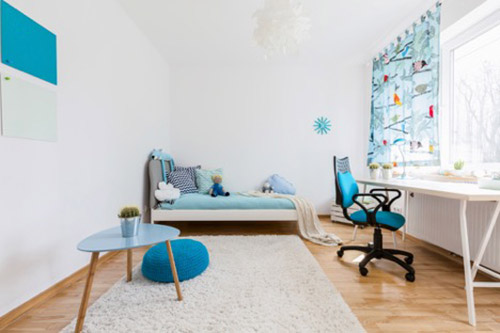
- Flooring Choices: The choice of flooring in your home can actually have a remarkable effect on your heating bills. Carpeting, in particular, absorbs and holds heat more effectively than any other material, so if you’re looking for some winter-time relief, a large, removeable area rug or a collection of carpeting tiles lets you reap the benefits throughout colder weather. Then you can just roll it up when the temperatures warm.
By investing in low-cost passive heating and cooling methods, you’ll be less reliant on the thermostat to keep you comfortable in your home. And that’s a win for your electricity bills—and the environment.
About the writer

Erin Vaughan is a blogger, gardener and aspiring homeowner. She currently resides in Austin, TX where she writes full time for Modernize.com, with the goal of empowering homeowners with the expert guidance and educational tools they need to take on big home projects with confidence.

